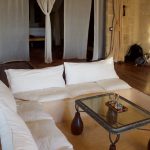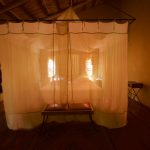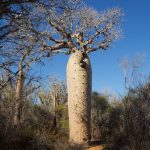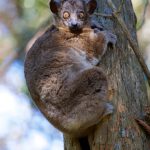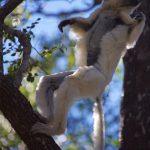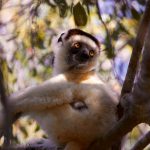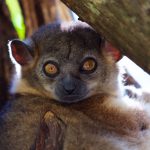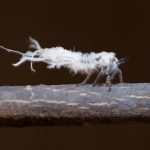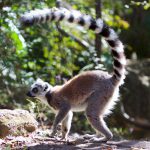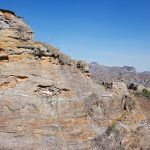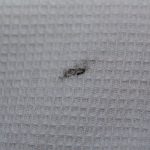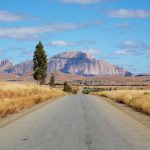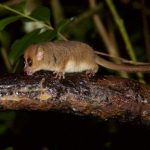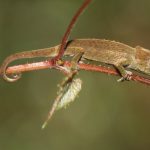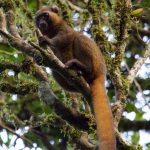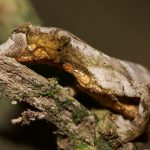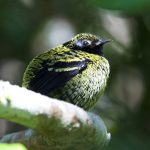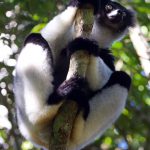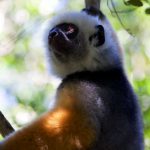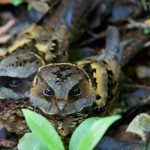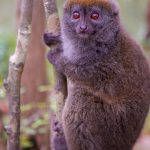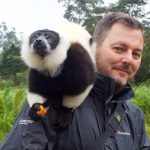I guess when The Beeb and Attenborough have made a series about a country, it’s a pretty safe bet that it’s going to be a humdinger of a place to visit. We got back from Madagascar on Friday afternoon, our tenth outing with the same company we’ve been using for all our long haul travel. I’ll cut to the chase: it was fabulous.
By the numbers:
- Photos taken 1466 [me] and 683 [my wife]
- Of which, keepers: lots. Seriously, if you can’t manage to get memorable pictures in Madagascar, it’s time to give up.
- Kilometres covered by car: 1500.
- Species of lemurs seen: 14.
- Weight lost through illness: about 2kg.
I’ll start with that last point. Clearly, I upset some pagan poo gods by judging the phantom shitter on our Belize trip so harshly. I had the most sustained period of travel sickness that I’ve experienced to date. I only missed a day, but was under the weather from the third day and for about a week. My wife came down with it as well, but didn’t have it for quite as long as me. I jokingly put her stronger constitution down to her less literal enforcement of food best-before dates than me.
On our last evening in Isalo, I was sitting outside the room when I noticed these weird shaped motes floating in the air. Given the recent experience with the flower bugs, I assumed that they were some sort of whacky insect, until one of them landed on me and I touched it with my finger:
It’s hardly the most fascinating picture but it was quite a poignant one for me: it’s a piece of ash. ‘Slash and burn’ is a common agricultural technique in the country. We were told a fire got out of control a few years ago: it affected 60% of the Isalo park and killed all but two of the sifakas. You see a lot of fires as you are driving through the countryside.
We visited one other smaller reserve before we moved on, called Zombitse. It was ok: plenty of ring-tailed lemurs and chameleons in the mix but by this stage, unless the lemurs were species we hadn’t seen before or were doing handstands, it was time to move on. Despite the name, there were no zombies.
We had a long drive to our next venue, which was the Ranomafana national park and the Setam Lodge. We passed this along the way. I love this shot, which is pretty much straight out of the camera:
The change in the weather over the course of the day reflected our move out of the arid region and into rainforest. We had a very interesting night walk on the first evening with the highlight being a mouse lemur:
The guide got a banana and smeared it over the branch [which is the brown slimy stuff you can see in the shot]. You then hope that the smell attracts a lemur. It took a couple of goes as the first fishing expedition attracted a rat. Being Madagascar, you half expect the rats to have, I don’t know, wings and a handlebar moustache at the very least. Nope: they have plain old rats, just like everywhere else.
Anyway, the mouse lemurs are lightning fast: they run along the branch hoovering up the banana as they go. They are ridiculously cute. These and the bamboo lemurs look like the result of a conversation between a toddler and a cartoonist.
“Bigger eyes.”
“No problem.”
This is a baby long-nosed chameleon. It’s not a great shot but the conditions were pretty difficult: macro depth of field, at night, with the 2 inch long subject on a branch that was moving…
The next day we had our physically toughest hike, which was about 8km over very hilly ground. Just on that point, in our experience I’d say it’s second only to Borneo, in terms of the physical demands of getting around in rainforest. That said, the temperature we had last week was low- to mid 20s. If you were covering the ground that we did in Ranomafana at the height of the summer, you’d have a real slog on your hands.
From Ranomafana we had another long drive to our final venue, which was the Eulophiella Lodge, next to the Andasibe national park. We broke the journey with an overnight stay in a guesthouse called the Maison Tanimanga in Antsirabe. That was notable for what I rated as the best meal of the holiday.
A quick aside about the grub before I get on to Andasibe. It’s French influenced, with every place we stayed in serving baguettes and croissants for breakfast.
- Tulear had pretty decent food, but with the odd ‘miss’: like a zebu carpaccio starter which was frozen.
- Relais de la Reine: very rich food, with lots of creamy sauces.
- Setam Lodge: I’ve no idea. I was in full-on emergency mode and had boiled rice and vegetables for the entirety.
- Maison Tanimanga: fabulous home-cooked French food.
- Eulophiella: slightly simpler fare but still very nice.
Andasibe was the coldest of the places that we stayed, with the temperature down to 11C at night. I enjoyed this park the best, I think: it was slightly easier going and there was a fantastic variety of wildlife.
The last place we visited of note, which was on our way back to Tana was ‘Lemur Island’. It’s basically a mini-zoo built into the grounds of one of the fancier lodges in Antsirabe. Our guide was pretty diplomatic about it: it’s a for-profit affair, and the lemurs that are kept there don’t get rotated back into the wild. That said, where else in the world are you going to have a lemur jump on your head? They have 4 species: black and white ruffed, ring-tailed, common brown and bamboo. The ruffed and common brown like to get up close and personal, and the ruffed have particularly luxuriant fur. Once again, being out of season, we had the place to ourselves.So that was our fortnight in Madagascar, and it really is an extraordinary place. You’ve got to hand it to that Attenborough fella: he really knows his onions.

